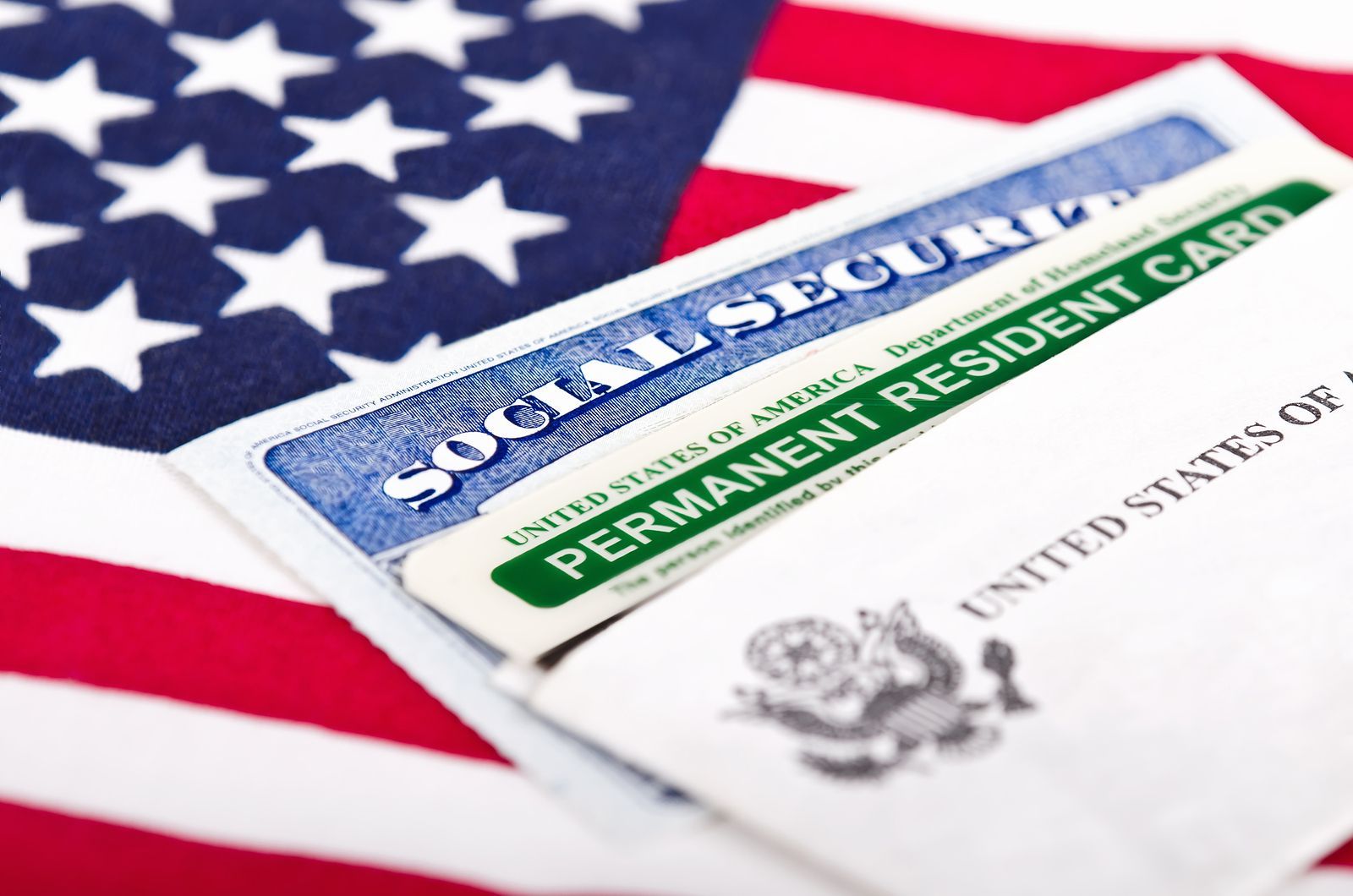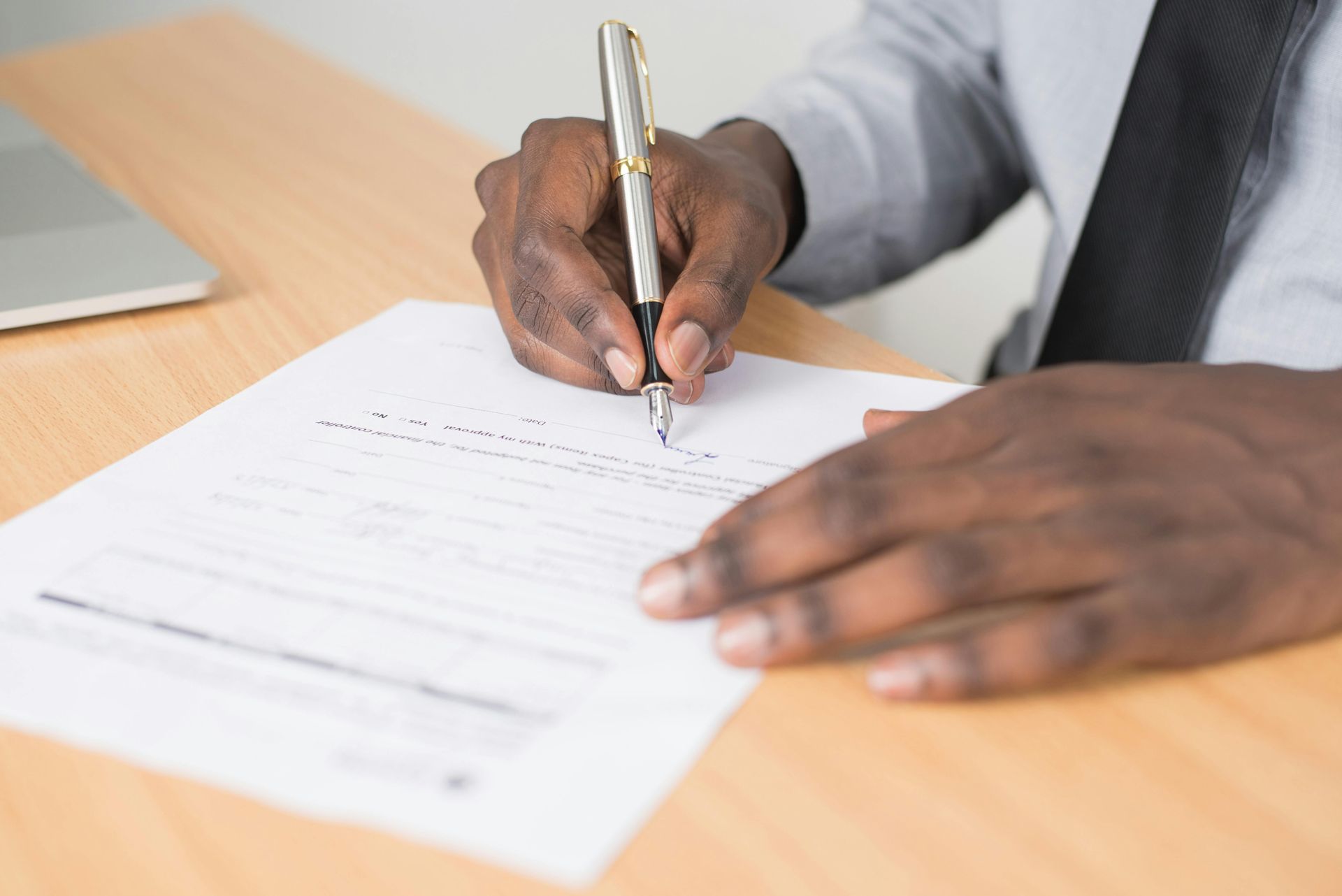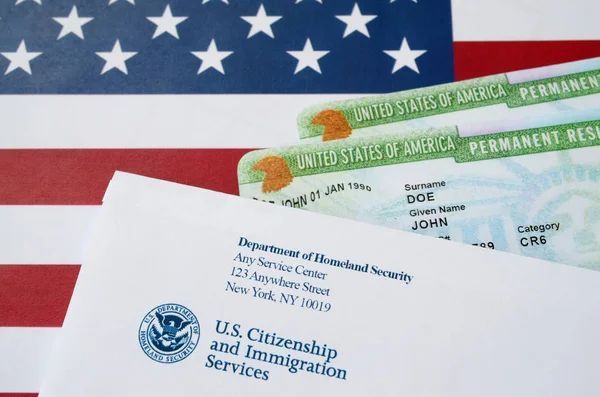🗣️ Fluent in English, Spanish & Portuguese 🌍
Navigating E-2 Visa Challenges: When the Approved Passport Is From a Non-Treaty Country
The E-2 Treaty Investor Visa offers a unique opportunity for individuals from treaty countries to invest in and operate businesses within the United States. However, complexities arise when the approved passport of an E-2 visa applicant, or their dependents belongs to a country that does not have a treaty agreement with the U.S. This situation presents a unique set of challenges and considerations for potential investors and their families.
Understanding the E-2 Visa Framework
The E-2 visa is predicated on reciprocal treaties of commerce and navigation between the United States and other countries. It allows nationals of these countries to be admitted to the U.S. when investing a substantial amount of capital in a U.S. business. The intricate nature of this visa type means that eligibility is strictly tied to the nationality of the treaty country.
The Challenge of Non-Treaty Passports
A perplexing scenario arises when an E-2 visa is issued and placed in the passport of an individual from a non-treaty country. At face value, this situation seems contradictory to the foundational requirements of the E-2 visa classification. It's crucial to clarify that for primary applicants, the E-2 visa must be issued based on their nationality of a treaty country. If the passport presented is from a non-treaty country, it could be an error or a special circumstance that needs to be addressed directly with the consular office.
For dependents of the E-2 visa holder, such as a spouse or child, the nationality requirement is more flexible. Dependents do not need to hold the same nationality as the principal applicant. They can hold passports from non-treaty countries and still be eligible for E-2 dependent visas, provided their relationship to the principal applicant can be duly established.
Navigating the Application Process
1.
Verification and Consultation: If an E-2 visa is mistakenly issued in a non-treaty country's passport, immediate verification with the issuing consulate or embassy is essential. Understanding the basis of the visa issuance and ensuring it aligns with U.S. immigration laws is crucial.
2.
Documentation and Proof: In cases where dependents hold passports from non-treaty countries, thorough documentation proving the familial relationship to the principal E-2 visa holder is paramount. Marriage certificates, birth certificates, and other legal documents must be presented to establish eligibility for dependent visas.
3.
Legal Guidance: Given the complexities and potential for misunderstanding in such scenarios, seeking advice from an immigration attorney is advisable. Professional legal counsel can provide clarity, navigate the application process, and address any anomalies or issues that arise with visa issuance.
4.
Consular Communication: Direct communication with the consular office is vital in resolving any discrepancies or misunderstandings related to the issuance of an E-2 visa in a non-treaty country's passport. Consular officers can provide specific guidance tailored to the individual case.
Conclusion
While the E-2 Treaty Investor Visa program fosters economic investment and cultural exchange, it is not without its complexities, particularly concerning nationality and treaty agreements. When an E-2 visa is approved in a passport from a non-treaty country, it is essential to approach the situation with diligence, seeking clarity and guidance from legal experts and consular officials to ensure compliance with U.S. immigration policies and safeguard the rights and opportunities of investors and their families.

By Juan Torrico
•
January 16, 2025
Discover the latest updates on Temporary Protected Status (TPS) as new countries are added to the list, providing crucial support for individuals facing crises. Learn about eligibility, application processes, and the benefits of TPS to secure your future in the U.S.
CONTACT US
950 S. Winter Park Dr., Suite 207
Casselberry, FL 32707
PRACTICE AREAS










